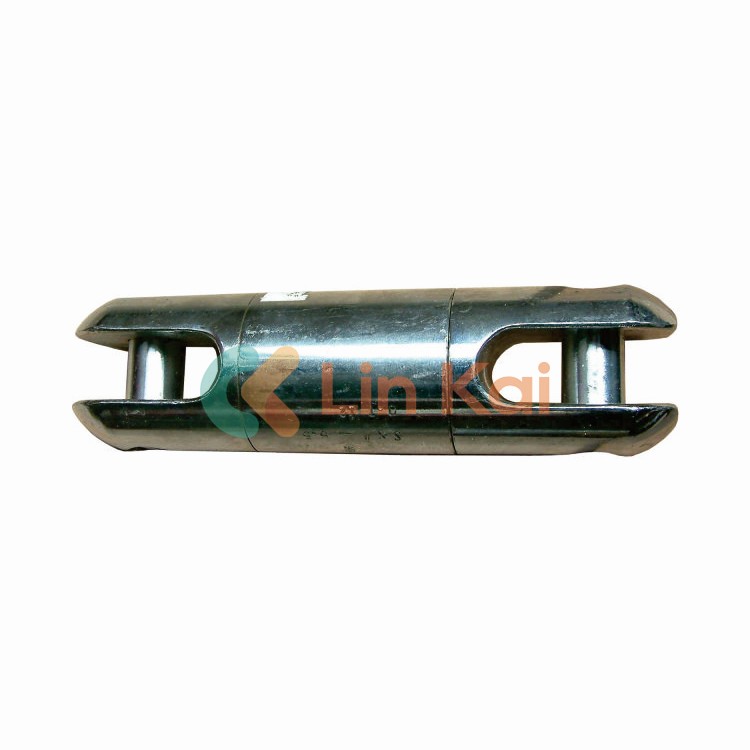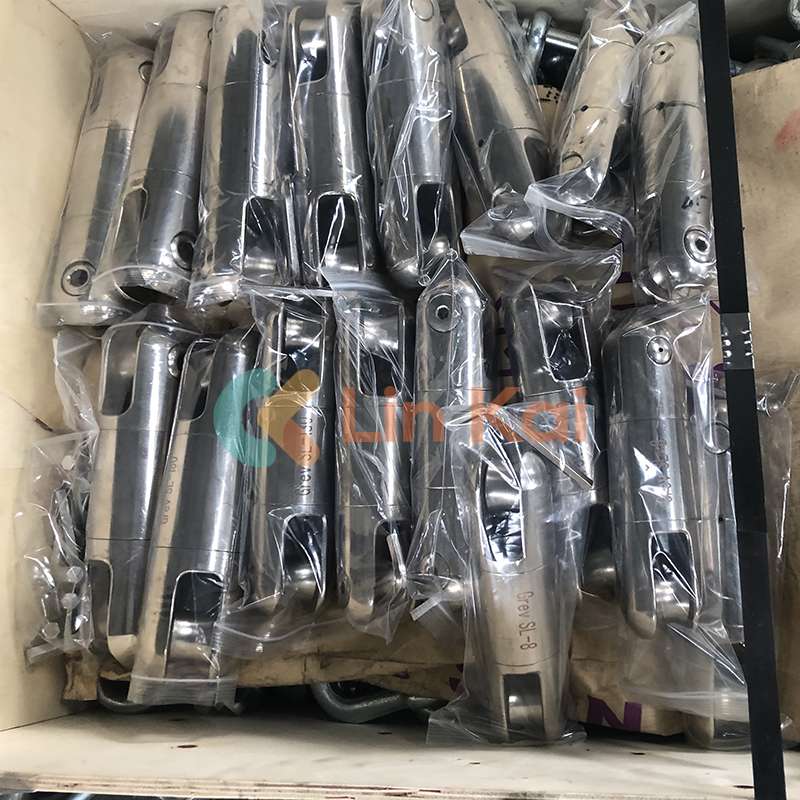
- English
- Español
- Português
- русский
- Français
- 日本語
- Deutsch
- tiếng Việt
- Italiano
- Nederlands
- ภาษาไทย
- Polski
- 한국어
- Svenska
- magyar
- Malay
- বাংলা ভাষার
- Dansk
- Suomi
- हिन्दी
- Pilipino
- Türkçe
- Gaeilge
- العربية
- Indonesia
- Norsk
- تمل
- český
- ελληνικά
- український
- Javanese
- فارسی
- தமிழ்
- తెలుగు
- नेपाली
- Burmese
- български
- ລາວ
- Latine
- Қазақша
- Euskal
- Azərbaycan
- Slovenský jazyk
- Македонски
- Lietuvos
- Eesti Keel
- Română
- Slovenski
- मराठी
- Srpski језик
Classification and Usage of Wire Connector Joints
2024-07-11
Wire connector joints are critical components in electrical and electronic systems, ensuring reliable and secure connections between wires or cables. They are available in various types, each designed for specific applications and requirements across different industries.
Types and Applications:
Butt Connectors:
Usage: Electrical and automotive applications.
Description: Cylindrical shape with metal or plastic barrel and insulation covering. They provide secure, insulated connections by crimping or soldering the wires together.
Twist-on Wire Connectors (Wire Nuts):
Usage: Household electrical wiring.
Description: Plastic cap with internal threads and a metal coil. Wires are twisted together and secured with the connector for a reliable connection.
Crimp Connectors:
Usage: Electrical, automotive, and telecommunications industries.
Description: Metal sleeve or ferrule crimped onto the wire using a crimping tool. They offer excellent mechanical strength and electrical conductivity, suitable for high-current applications.
Insulation Displacement Connectors (IDC):

Usage: Telecommunications and data networking.
Description: Sharp metal blades or contacts pierce the wire insulation when inserted into the connector, providing a quick and reliable connection without stripping the insulation.
Terminal Blocks (Barrier Blocks or Terminal Strips):
Usage: Control panels and electrical distribution systems.
Description: Metal bars or strips with screw terminals that secure wires in place, simplifying wiring and allowing easy maintenance and troubleshooting.
Wire-to-Board Connectors:
Usage: Connections between wires and printed circuit boards (PCBs).
Description: Various configurations like headers, sockets, and plugs provide reliable, removable connections for signal and power transmission in electronic devices.
Wire-to-Wire Connectors:
Usage: Automotive, appliance, and lighting applications.
Description: Used to join two or more wires together. They can be crimped, soldered, or twist-on types, depending on application requirements.

Conclusion:
Wire connector joints are vital for reliable and secure connections in various industries. Understanding the different types and their specific uses ensures proper installation and maintains the integrity of electrical and electronic systems. Selecting the appropriate wire connector joint is essential for achieving optimal performance and safety, whether it's for automotive wiring, household electrical systems, or PCB assemblies.



